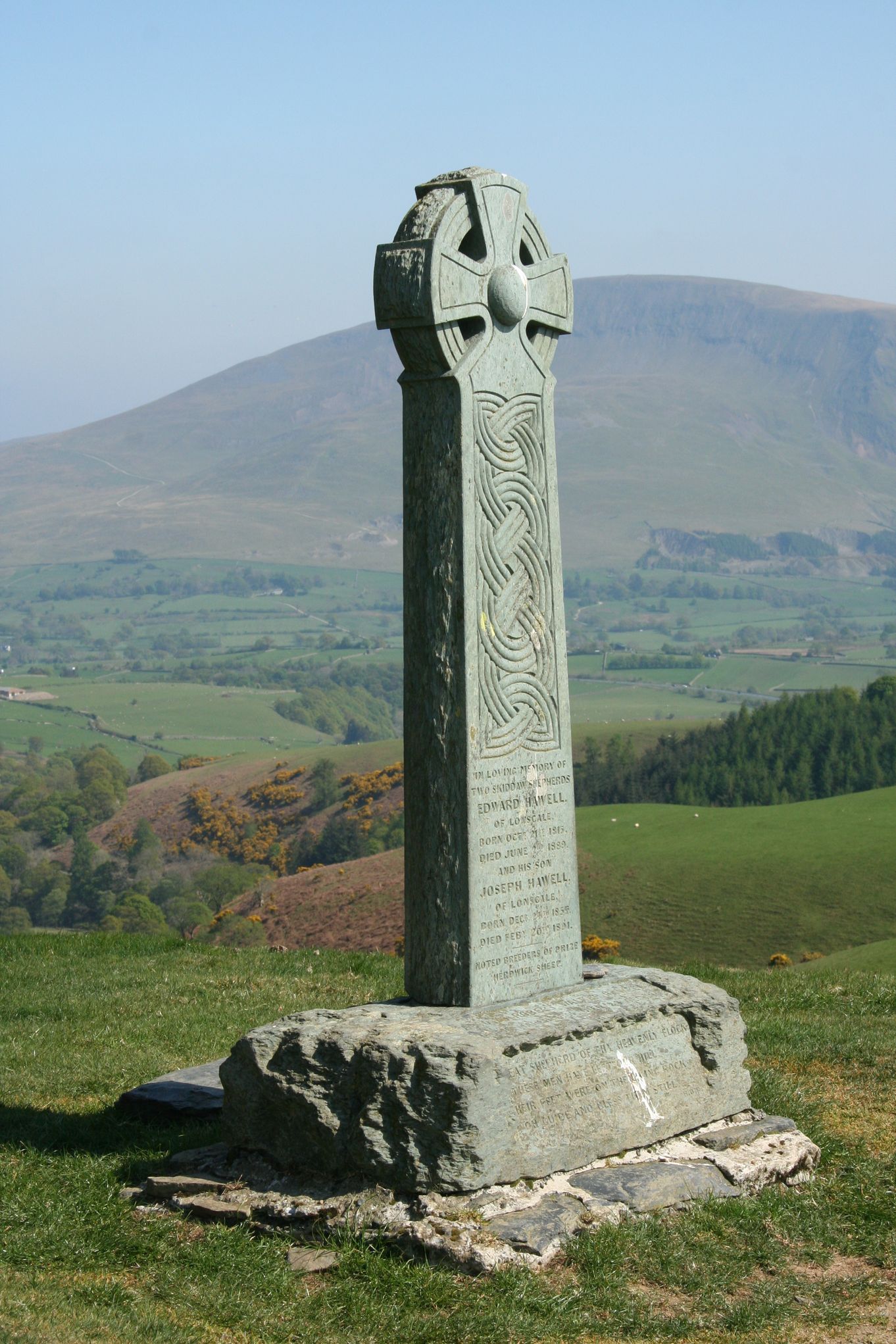History of Keswick

The geological origins of Keswick and the North Lakes lie in the Ice Age when glacier erosion shaped the landscape of mountains, valleys and lakes. The first evidence of settlement dates back to the Stone Age when Neolithic man used stone axes to making clearings in the forested hills and valleys to grow crops and keep livestock. Three axes have been found inside Castlerigg Stone Circle which dates back some four thousand years to around the time of these early farming communities. The original purpose of the Stone Circle is unclear; it could have been used as a trading post, meeting place for social gatherings, an astronomical observatory or a site of religious ceremonies. Whatever its intended function the site of the circle is superb, completely surrounded by high fells.
Many Scandinavian place names in the area such as 'thwaite' meaning clearing and 'keld' meaning spring are an indication of settlement by Norsemen in the 10th Century. In the 12th and 13thC the Cistercian religious order acquired large areas of land and introduced large flocks of sheep to the district. A familiar sight on the fells today is the Herdwick sheep, a hardy resilient animal able to withstand extremes of weather.
In the mid 1500s a period of prosperity, brought on by mining, lasted almost 100 years in contrast to the poor rural economy based on wool, crops and leather. During the reign of Elizabeth I there was a demand for copper for the production of arms and the strengthening of warships. In 1564, due to a lack of skilled workforce in the area, expert miners arrived from Germany to fulfil both the demand for copper and provide royalties for the Queen. The Society of Royal Mines was established to finance and organise the operation. Considerable deposits of copper were found in the Newlands and Borrowdale Valleys. Local people were employed carrying coal from Caldbeck, peat and slates from Skiddaw and timber from Borrowdale. Ultimately the Newlands and Borrowdale mines declined due to economic factors such as rising costs and a depression in England but also to other factors such as a decline in fuel. However, this was not the end of mining in the Keswick area. Force Crag Mine, near Braithwaite has been working up till modern times producing a variety of materials. Threlkeld Quarry provided a century of employment. The first records for quarrying at Honister Slate Mines are in 1643. The mine prospered with over 100 men employed until its final closure in 1986.
The raw material for Keswick's major industry, pencil making, was purportedly discovered by a shepherd in Seathwaite in the Borrowdale Valley in 1550. The substance, known as black lead or graphite was initially used to brand sheep, leading to Borrowdale's claims to have made the first pencils in the world. In the 18th and early 19th C the mines were at their most productive. The description of pencil maker begins to appear in the Crosthwaite Parish Registers in the early 1800?s in the form of cottage industries and by the 19th and early 20thC there were several companies with pencil factories in Keswick. A wide range of pencils are still made in Keswick today. The Cumberland Pencil Museum tells the history of pencil making from early origins through to present day.
The origins of today's tourism industry began in the late 18thC when the first visitors started to arrive encouraged by the area's close connections with famous writers such as Coleridge, Ruskin, Wordsworth and Southey and popularity with artists such as Turner and Constable. A 1783 Travellers' Guide stated 'Keswick receives great benefit from the resort of gentry to see the romantic lakes and mountains that surround it'. As war in Europe brought 'The Grand Tour' to an end and roads began to improve numbers of visitors increased. In the 1860's the building of the Cockermouth, Keswick and Penrith railway line lead to a dramatic increase in visitors and Keswick began to be transformed from a small market town to the thriving tourist centre it is today.

